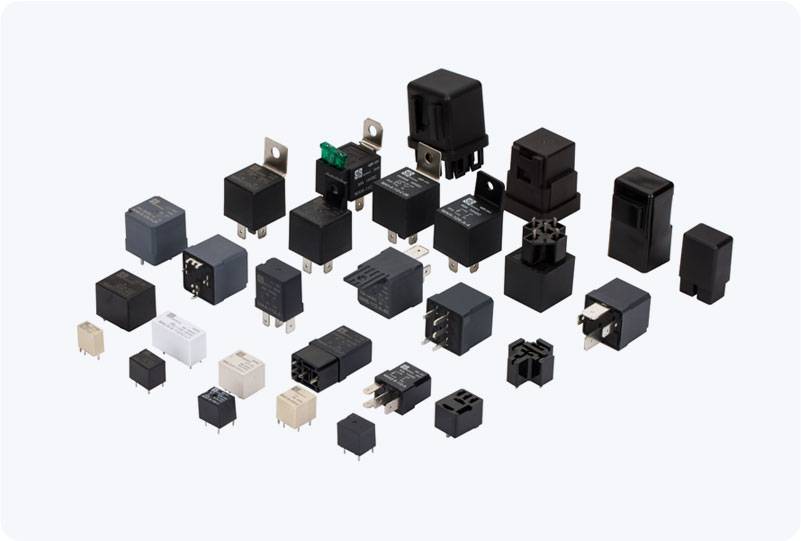The 1000V DC Main Relay is a critical component used in various electrical systems to manage high-voltage direct current (DC) circuits. These relays are designed to control power flow, protect systems from electrical faults, and ensure the safe operation of equipment in environments that handle significant amounts of electrical power. This article explores the features, functions, and applications of the 1000V DC Main Relay, highlighting its importance in modern electrical and industrial systems.

What is a 1000V DC Main Relay? A relay is an electrically operated switch used to control the flow of electricity in a circuit. The 1000V DC Main Relay, specifically, is designed to handle high-voltage direct current (DC) circuits with a voltage rating of 1000V. It is typically employed in applications where high voltage and power need to be controlled, such as in renewable energy systems (solar, wind), electric vehicles (EVs), power stations, and industrial machinery. These relays function as the primary switching mechanism that enables or disables the flow of electricity. The main characteristic of these relays is their ability to handle high-voltage DC circuits, which require careful design to ensure safety and reliability.